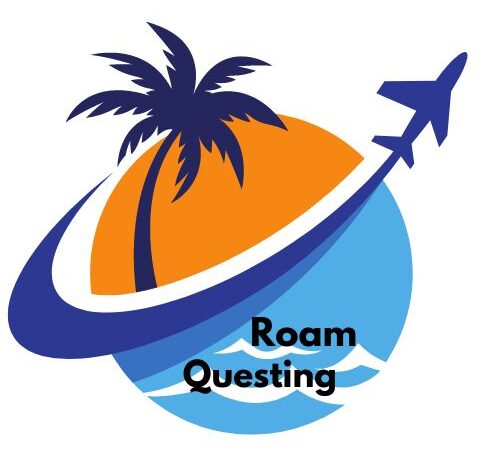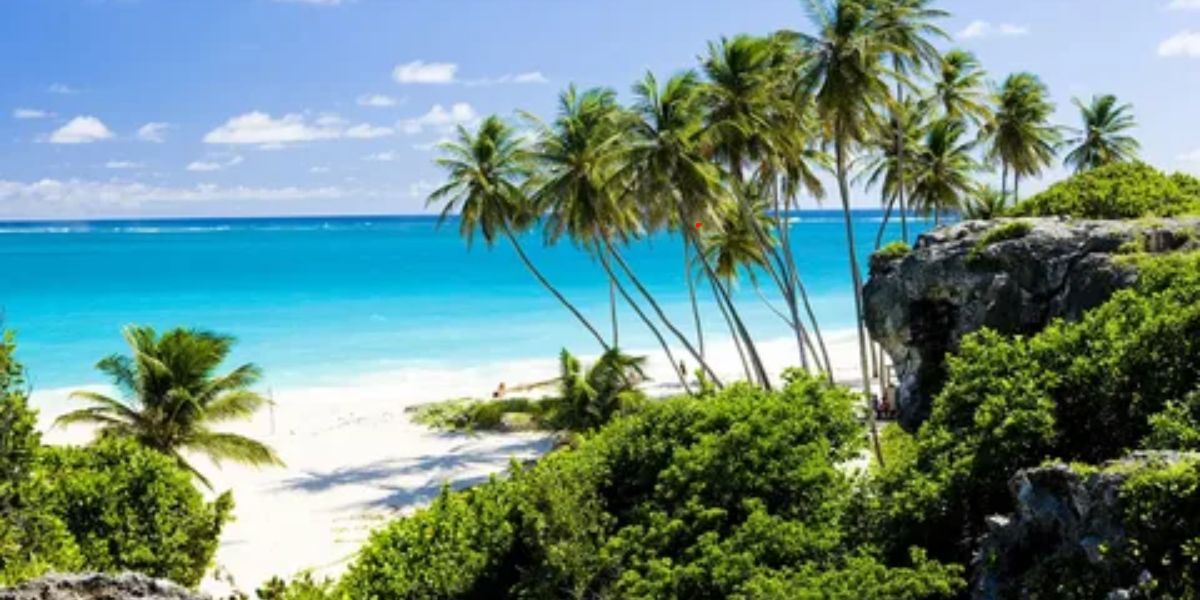The Caribbean is often depicted as an idyllic paradise, but as travelers flock to its sun-soaked shores, an intriguing question arises: what continent is the Caribbean in? Is it part of North America, South America, or even Latin America?
To answer this question requires diving deeper than just geographical boundaries. The Caribbean islands stretch from the southern tip of Florida down to the northern coast of South America—an archipelago that serves as both a crossroads for diverse cultures and a hotspot for geological wonders. While many may associate these stunning islands with North American tourism and culture, their classification within continental frameworks sparks lively debates among geographers and casual beachgoers alike.
Is The Caribbean Part Of North America?
The Caribbean region, often referred to as the West Indies, is indeed a fascinating part of North America. Stretching across approximately 700 islands and numerous archipelagos, this vibrant area lies nestled between the Atlantic Ocean to the north and the Gulf of Mexico to the west.
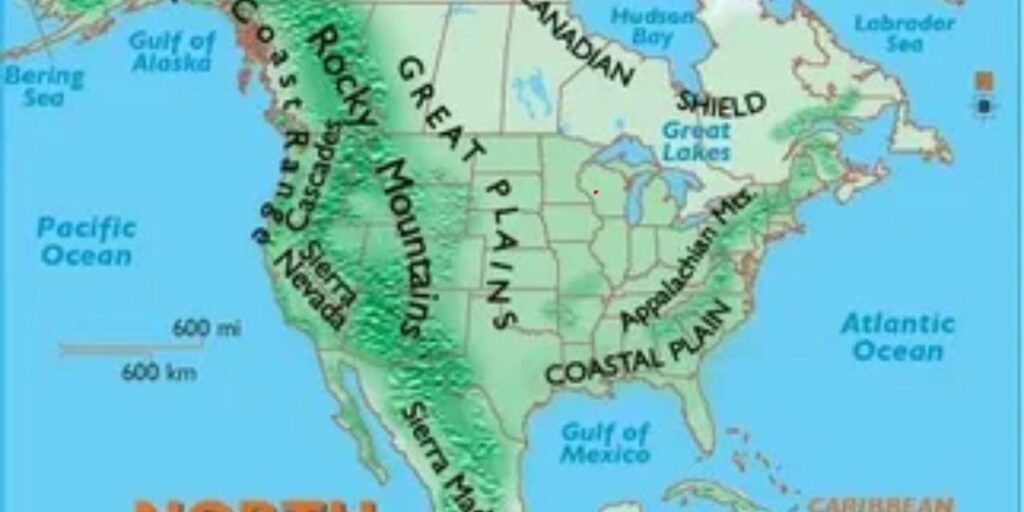
Often overlooked in broader geographic discussions, many still ponder: what continent is the Caribbean in? The answer unfolds uniquely within its cultural richness, biodiversity, and historical significance that collectively shape its identity as an integral component of North America. Discover your next tropical getaway with our guide to the best Caribbean islands, each offering unique experiences and stunning beauty.
What Countries Are Part Of The Caribbean?
The Caribbean, a vibrant mosaic of cultures and landscapes, consists of numerous islands and countries that collectively exhibit the essence of island life. Its beaches and tropical climate, it’s essential to understand its geographical context. Situated in the Caribbean Sea, which lies southeast of the Gulf of Mexico, these islands are technically part of North America.

Among the 13 countries that form this enchanting region are:
– Antigua and Barbuda
– Bahamas
– Barbados
– Cuba
– Dominica
– Dominican Republic
– Grenada
– Haiti
– Jamaica
– Saint Kitts and Nevis
– Saint Lucia
– Saint Vincent and the Grenadines
– Trinidad and Tobago
Each country contributes its distinctive flavor to what makes the Caribbean so captivating. From the rich historical tapestry showcased in Cuba’s architecture to the soulful rhythms emanating from Jamaica’s reggae scene, every island tells a story worth discovering. You can more learn by visit my blog the unique things about Cuba that make this island nation truly one-of-a-kind.
Why Is The Caribbean Part Of North America?
The Caribbean islands are situated on the Caribbean Plate, which plays a significant role in shaping their formation and geography. This tectonic connection links them not only to North America but also highlights their position at a crucial intersection between multiple continental influences, including those from South America via the Isthmus of Panama.
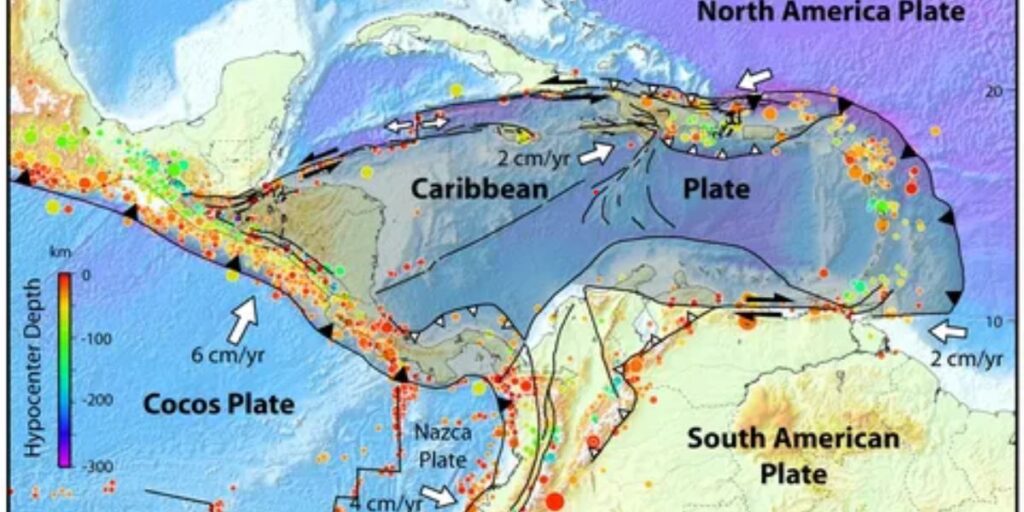
The natural boundaries defined by features like the Puerto Rico Trench—reaching depths of about 8,400 meters (27,600 feet)—underscore how these islands are more than just idyllic vacation destinations; they are deeply integrated with North America’s geological narrative. The mountainous terrains in regions such as Cuba and Hispaniola juxtaposed against flat plains seen elsewhere reflect a diverse landscape that echoes characteristics found across mainland North America.
What Is An Isthmus?
An isthmus, by definition, is a narrow strip of land that connects two larger landmasses while separating two bodies of water. The Isthmus of Panama serves as the vital link between North and South America, facilitating not just the exchange of goods but also cultural interactions for centuries. As ships navigate this critical passageway, they transition seamlessly between the Atlantic and Pacific Oceans, with ports along its coastline serving as bustling hubs for trade and shipping.
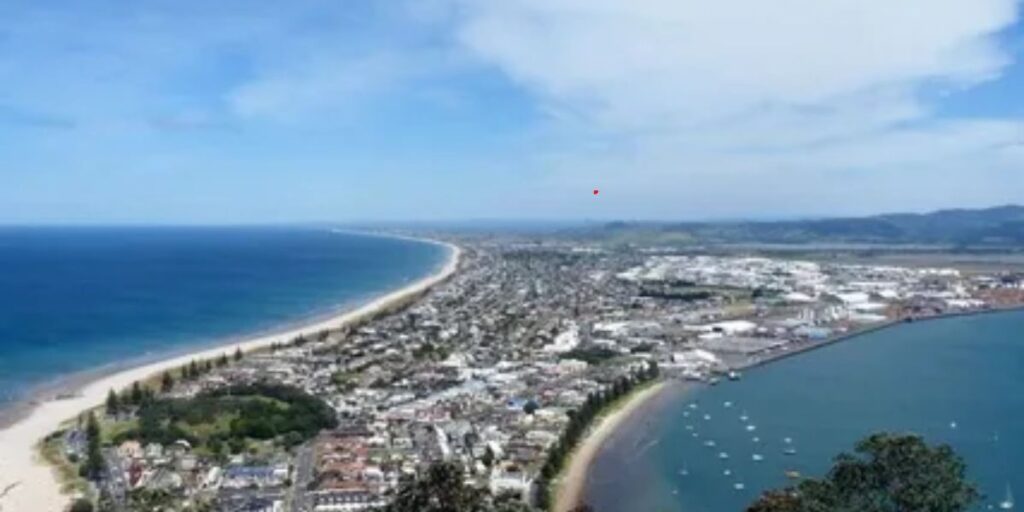
The Caribbean region plays an integral role within this dynamic; while it often sparks debate about which continent it belongs to—some argue it’s part of North America whereas others emphasize its unique identity—its geographical positioning further enhances the significance of the Isthmus of Panama. This delicate balance has shaped maritime routes and economies alike, making it essential for international trade.
Why Is The Caribbean Not Part Of Latin America?
The Caribbean is often viewed as a unique cultural and geographical tapestry that sets it apart from the broader region known as Latin America. While many countries in Latin America share linguistic roots in Romance languages—stemming from Spanish and Portuguese colonization—the Caribbean’s historical narrative diverges significantly.
Nations like Jamaica, Belize, Suriname, and Guyana reflect the influences of British and Dutch colonial rule, resulting in a rich mosaic of English, Dutch, and indigenous languages that define their identities.
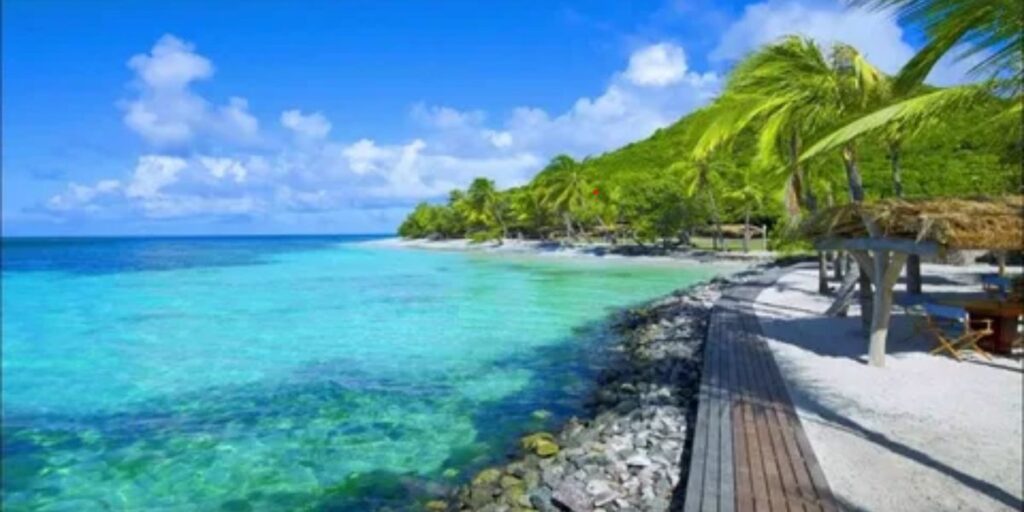
There are 26 countries that fall under the Latin America umbrella:
– Argentina – Belize
– Bolivia
– Brazil
– Chile
– Colombia
– Costa Rica
– Cuba
– Dominican Republic
– Ecuador
– El Salvador
– Guatemala
– Honduras
– Mexico
– Nicaragua
– Panama
– Paraguay
– Peru
– Suriname
– Uruguay
– Venezuela
– Jamaica
– Puerto Rico
– Barbados
– Trinidad and Tobago
– Saint Lucia
– Grenada
Final Thought:
The Caribbean’s classification as part of North America is a reflection of both geographical and cultural complexities. While islands like Cuba, Jamaica, and Puerto Rico have historical ties to the Americas, they also possess unique identities shaped by diverse influences. Geopolitically, the Caribbean is often included in discussions of North American affairs, yet its distinct cultural heritage sets it apart. Understanding these nuances enriches our appreciation for this vibrant region and its significance within the broader context of North America. As we continue to explore the interconnectedness of our world, let us celebrate the Caribbean’s unique contributions while recognizing its place in the larger narrative of our continent.
Who classifies as Caribbean?
The countries—such as Anguilla, Antigua and Barbuda, Aruba, Bahamas, Barbados, British Virgin Islands, Cayman Islands, Cuba, Dominica, Dominican Republic, Grenada, and Guadeloupe—are indeed considered part of the Caribbean.
How can the Caribbean be defined?
The Caribbean can be defined as a region consisting of numerous islands and coastal territories located in the Caribbean Sea, which lies between Central and South America.
Why is it called a Caribbean?
The term Caribbean indeed derives its name from the Indigenous group known as the Caribs, who were among the first peoples encountered by Christopher Columbus during his voyages in the late 15th century.
